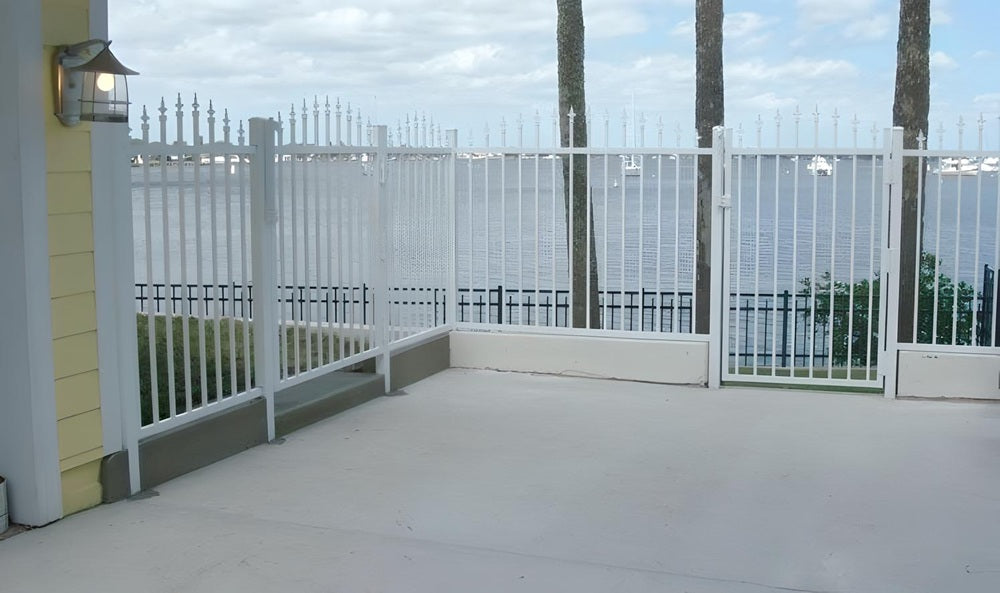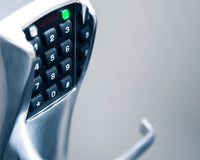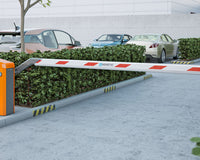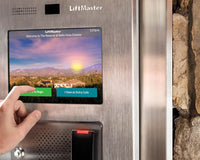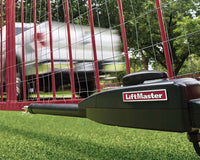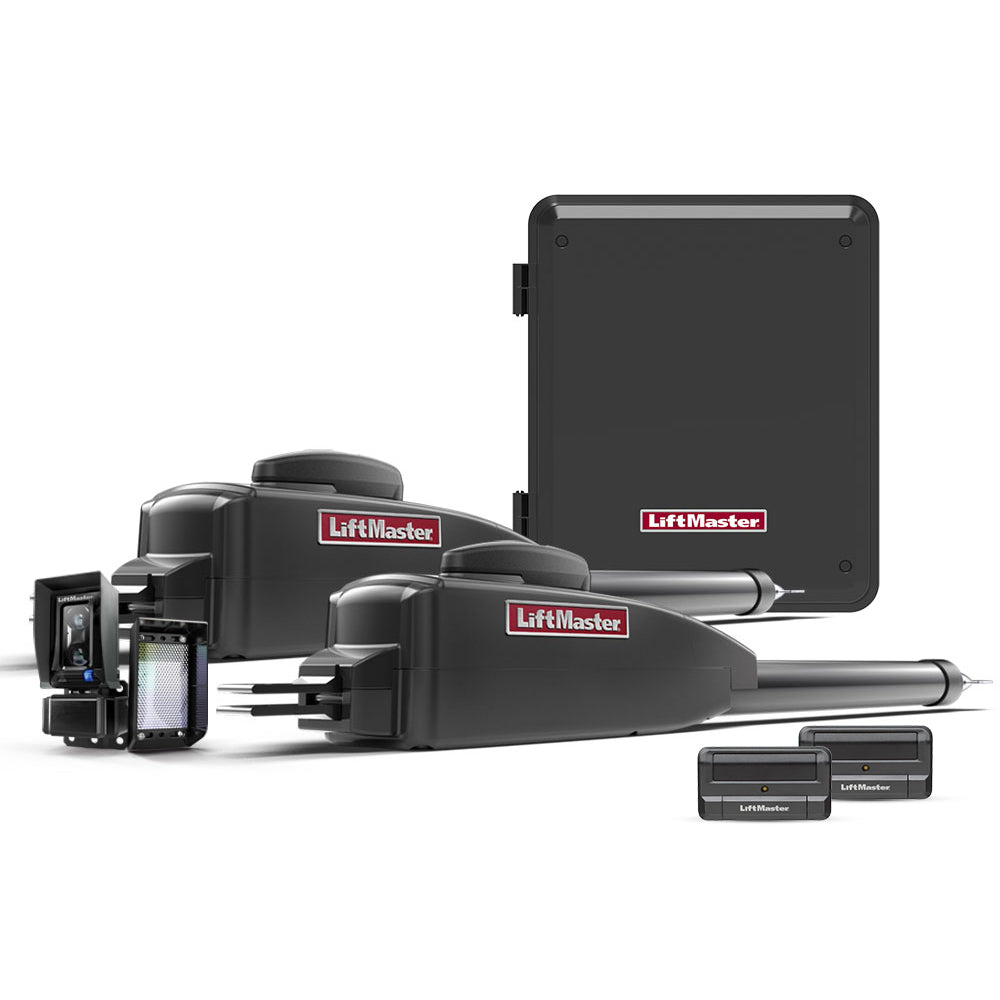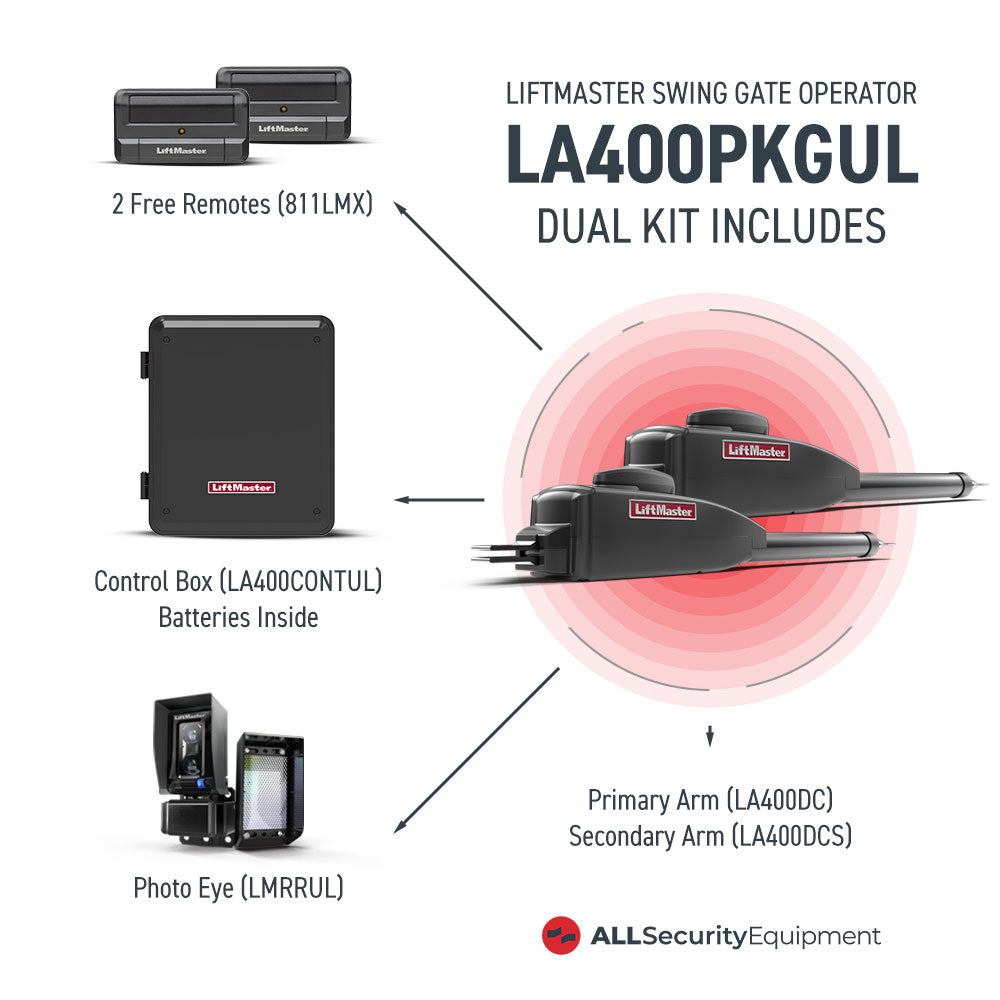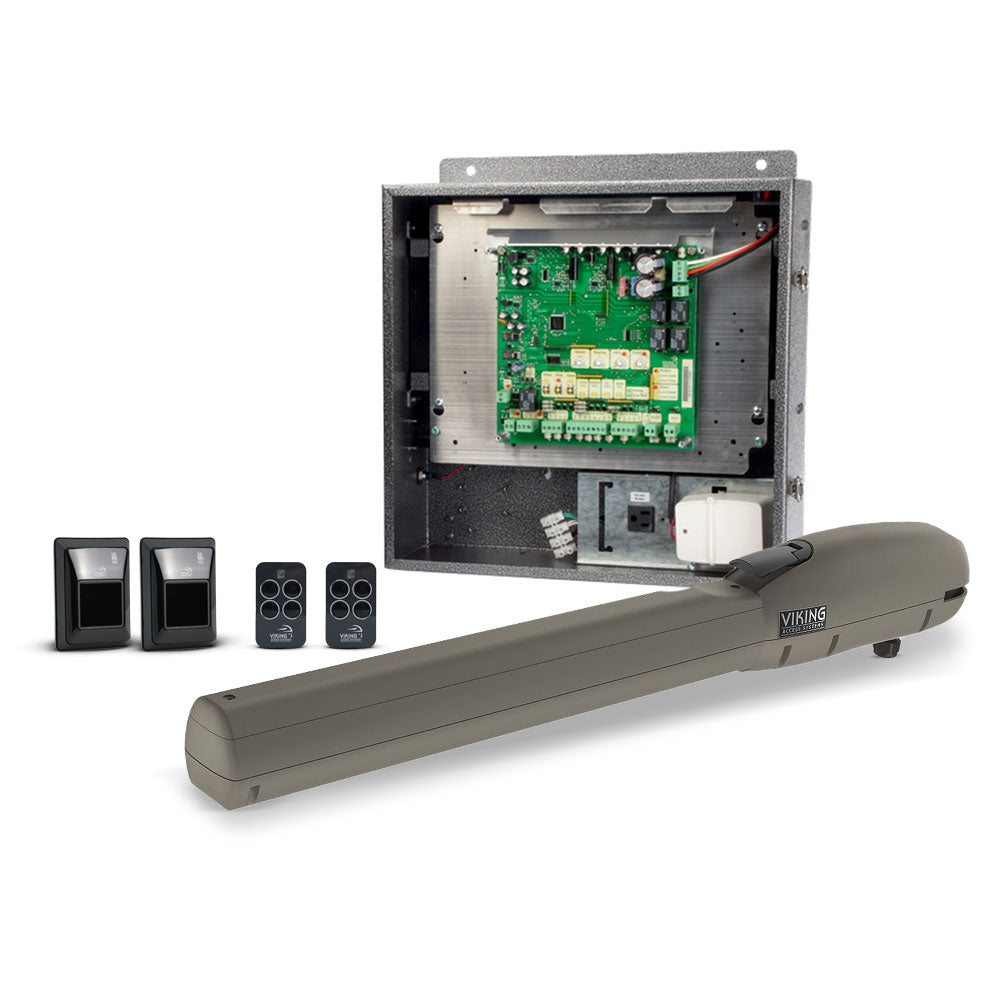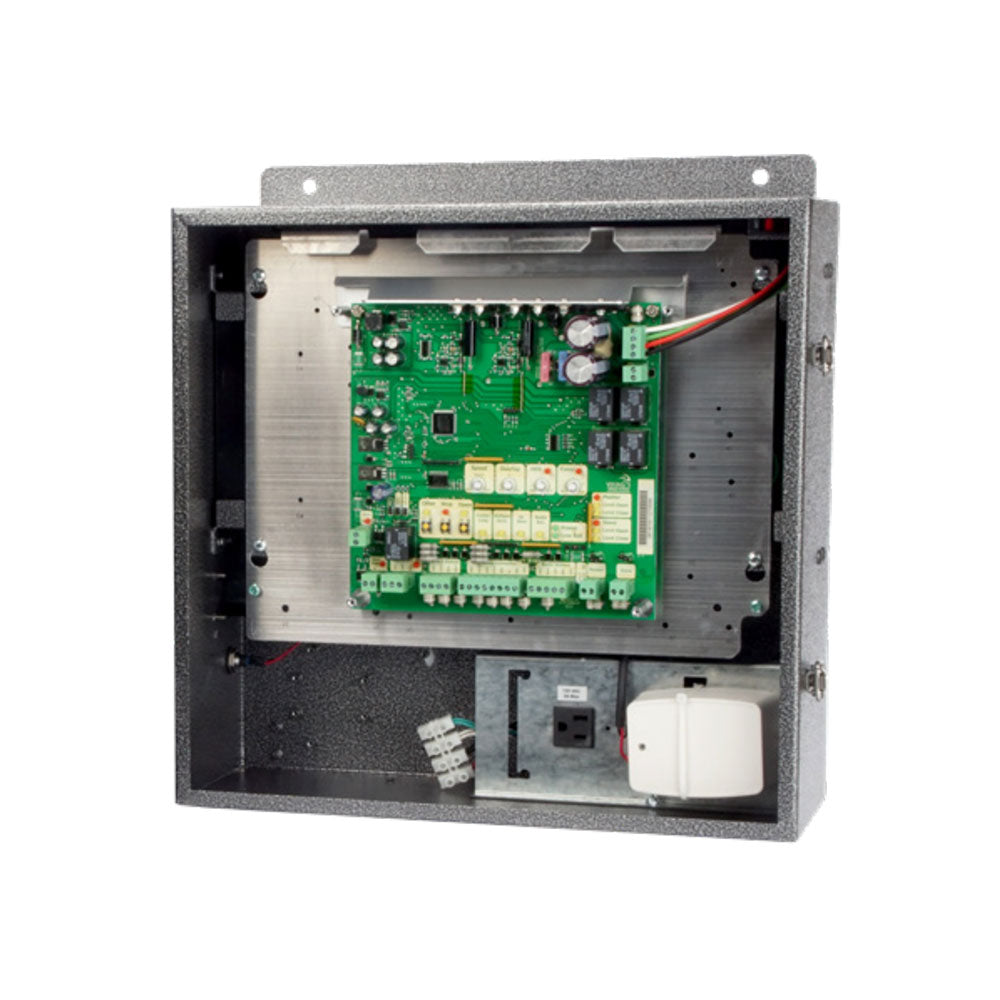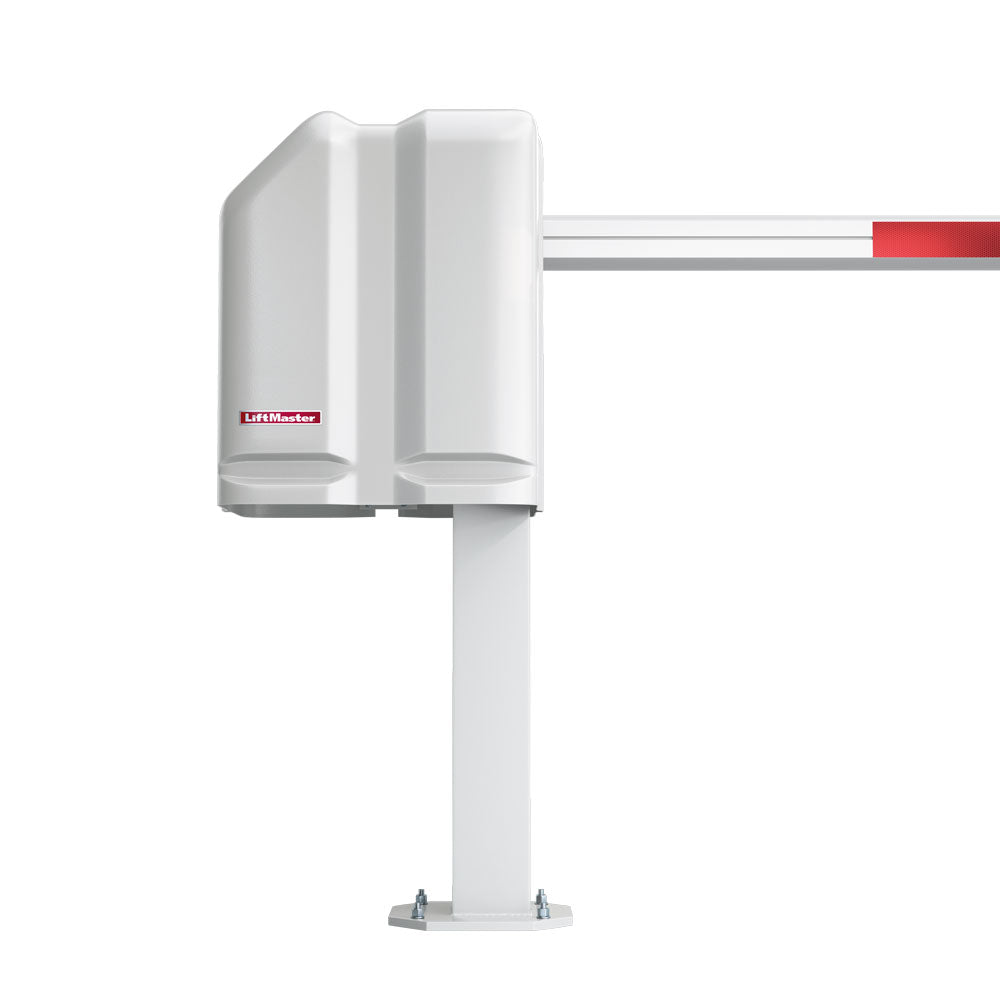Ensuring Your Outdoor Security's Resilience
For property managers, business owners, and homeowners, investing in outdoor security products—from surveillance cameras and motion-activated lighting to access control keypads—is fundamental to comprehensive perimeter security. These devices act as your first line of defense, deterring intruders and providing crucial vigilance where threats often emerge.

However, unlike indoor equipment, outdoor security gear faces constant assault from environmental factors: relentless rain, abrasive dust, extreme temperatures, and even direct impacts. Imagine a critical security event unfolding, only to find your outdoor camera fogged, frozen, or entirely defunct because it wasn't adequately protected from the very elements it was meant to endure. Such a failure leaves your property dangerously exposed.
This vital challenge underscores the necessity of understanding IP Ratings, or Ingress Protection ratings. Today’s All Security Equipment post will demystify these crucial international standards, which precisely indicate an enclosure's resistance to solid particles like dust and liquids like water. By grasping the meaning behind these two-digit codes, you can confidently select the most durable and reliable outdoor security equipment for your specific environmental conditions, ensuring your investment truly stands the test of time and weather, and your security system remains operational when it matters most.
What Exactly is an IP Rating?
An IP Rating is a standardized, two-digit code applied to electrical and mechanical enclosures. This universal system precisely quantifies an item's resistance to unwanted intrusion.

Unlike vague terms such as 'waterproof' or 'weatherproof,' IP ratings offer a clear, objective measure. The digits indicate two distinct levels of protection: the first digit addresses protection against solid objects (like dust, dirt, and foreign particles), and the second digit denotes protection against moisture ingress (such as water spray, jets, or immersion). This global standard (e.g., British Standard BS EN 60529:1992, European IEC 60509:1989) ensures consistent understanding for property managers, business owners, and homeowners worldwide.
Decoding the First Digit: Protection Against Solids (0-6)
The first digit of an IP Rating, ranging from 0 to 6, specifies the level of protection an enclosure provides against the ingress of solid objects—everything from accidental human contact to fine dust. A higher number, as you can imagine, indicates greater protection.

For instance, an IP4X rating signifies protection against objects larger than 1mm, guarding against tools, wires, or larger insects; this is often suitable for outdoor junction boxes under eaves or some covered lighting.
An IP5X indicates dust protection, meaning limited ingress is permitted but won't harm internal components, common for outdoor power outlets or general-purpose enclosures. For total dust tight protection, essential in very dusty industrial settings or exposed outdoor environments, an IP6X rating is required, found on robust security cameras and security sensor lights.
Decoding the Second Digit: Protection Against Liquids (0-9K)
The second digit of an IP Rating, ranging from 0 to 9 (or 9K), details an enclosure's resistance to moisture ingress under various conditions—from dripping water to high-pressure jets. An IPX4 rating protects against splashing water from any direction, making it suitable for sheltered outdoor security sensors or bathroom lighting.

Moving to IPX5, the enclosure can withstand low-pressure water jets, making it ideal for exposed outdoor lighting or wall-mounted security panels where direct spray might occur. For even more robust defense, IPX6 offers protection against powerful water jets, necessary for outdoor security cameras that might undergo hose-down cleaning or face heavy, wind-driven rain. Understanding these distinctions is crucial to prevent water damage and costly replacements.
Choosing the Right IP Rating: Beyond the Basics
Selecting the correct IP Rating for your outdoor security equipment is paramount for its longevity and effectiveness. It’s crucial to avoid the misconception that a higher number automatically means "better" for all conditions; an IPX7 (immersion) doesn't necessarily protect against IPX6 (powerful jets). Property managers and homeowners must assess key factors: the actual installation location exposure (e.g., sheltered vs. fully exposed to storms), expected lifespan, and local climate variations.

Under-specifying an IP rating can lead to premature product failure, significant safety hazards, and compromised security system durability. Always match the rating precisely to the environment your security equipment will face, ensuring your investment truly withstands the elements.
The right IP Rating for your outdoor security equipment is vital for reliable performance. Outdoor security cameras generally require IP65 or IP66 ratings to withstand dust and direct rain or powerful water jets, ensuring continuous video surveillance.
Outdoor lighting, including floodlights and pathway lights, typically demands IP44 for sheltered areas, escalating to IP65 or IP66 for exposed locations. For submersed applications like pond lights, IP67 or IP68 is essential.

Similarly, access control keypads and security sensors found on gates or perimeters usually feature IP55 or IP65 to resist dust and splashing, while buried sensor loops often boast IP67 or IP68 for complete water and dust ingress protection. Always match the product's IP rating to its specific environmental exposure for optimal perimeter security.
The Smart Choice: IP Ratings Decoded
As we’ve learned today, failing to match the correct IP rating to the specific outdoor conditions—be it relentless dust, heavy rain, or even temporary submersion—can lead to costly equipment failure, compromised vigilance, and ultimately, a critical lapse in your perimeter security. Don't let the elements undermine your investment in safety; choose equipment that's genuinely built to endure.
For personalized guidance on fortifying your property with correctly rated outdoor security equipment, or to explore robust security solutions tailored to your specific environmental demands, contact the All Security Equipment customer service team today!

